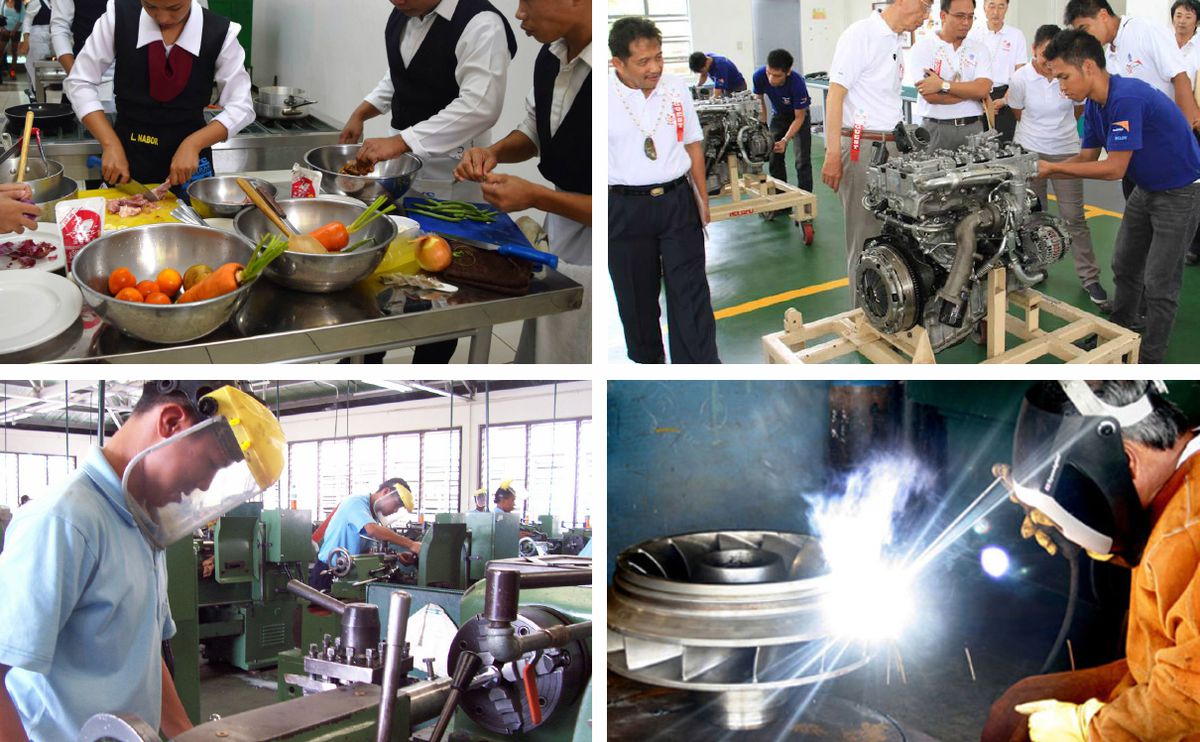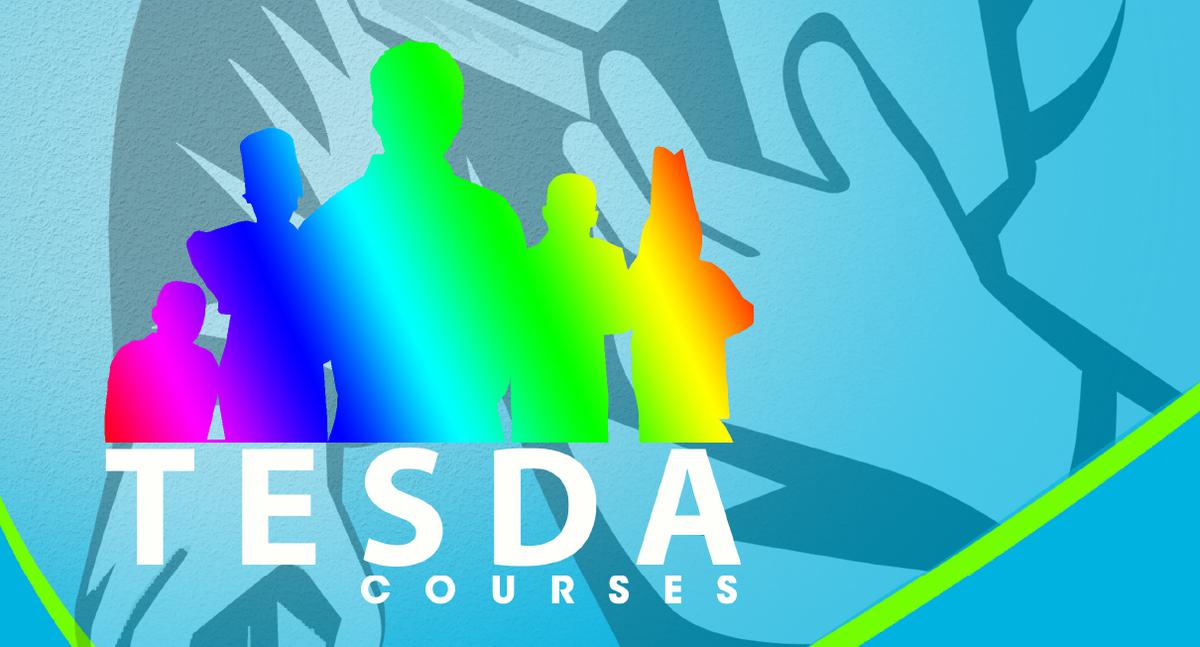You may have recently heard of TESDA through the very catchy ad campaign of its department secretary, but this feature doesn’t have anything to do with the soon to be senator “TESDA man.” We turn the spotlight towards the government arm that’s pressed on catapulting Filipino citizens, from all walks of life, into the labor market at the earliest possible opportunity. The Technical Education and Skills Development Authority (TESDA) is a government agency which provides services that has helped the transformation of many lives through affordable or free skills education.
TESDA was established in response to the Republic Act No. 7796, otherwise known as the Technical Education and Skills Act of 1994. TESDA aims to mobilize individuals by developing their skills through an industry-based training program, serving as a head start in the path they intend to tread. It is a tad analogous to the purpose of the additional levels in K-12, which are to prepare students for the degree they are to take and, for some, a faster admission into the real world.
For those not geared for the academe, out-of-school youth, those who want to turn their life around, or someone who just wants to break away from the office setup and stack up on skills, TESDA is a beacon at the end of a dusky, treacherous cave. TESDA offers various vocational courses that’s just about the cost of a day’s worth of meals—less than a thousand—and can be completed in months’ time—three to six months, with less theory and other school stuff
students dread.

Courses offered
Choosing a course offered by TESDA is like entering an eat-all-you-can buffet restaurant: a variety of choices abound, but you’ll end up picking what appeals to your palate the most, and of course, what you can fit in your stomach. In the same way, you pick a course that interests you the most or something of which you had prior knowledge of.
Courses vary from one industry to another, one interest to another. If you consider yourself a mechanical tinkerer, TESDA offers courses such as automotive servicing, machining, auto engine rebuilding, building wiring installation, computer hardware servicing, to more technical stuff. Tired of filing and filling out papers in the office? Busy your hands by learning how to hairdress, bartend, bake, garden, massage, and tailor. Want to learn a new language? TESDA has you covered.
The skills training we’ve mentioned are merely just the beginning. We haven’t even mentioned the scope covered by the department’s online program. These go from courses in public relations to information technology, tourism, electronics, agriculture, automotive, heating, ventilation, trainers methodology, health, social, among others. Disclaimer, though there are obvious advantages—low cost, learning in the comfort of your home, at your own pace, and flexibility—this isn’t as comprehensive as learning the skill in person. Also, you wouldn’t get an accreditation, unless you have your learned-skill assessed in TESDA centers.
What benefits can I get from certificate courses?
In the real world, a diploma is what you need to get yourself a professional job—that is, given you qualify for this certain line of work. But the tide has turned. BPOs like call centers don’t even require people to have a degree to get a seat in their bustling headquarters. There’s a high demand for skilled workers here and abroad. All you need is to be equipped with the skill that gets the job done.
This is what TESDA courses offer and it is pretty simple. You learn a specific skill and you land a high-paying job that requires that exact skill, preventing career mismatch. Compared to a four-year course, TESDA graduates could land a job after weeks to six months’ time of training, because that’s just the amount of time you need to master an ability. Surves also show that a whopping 60-percent of TESDA graduates get the job they were trained for. It might not be as prestigious as holding a degree, then again anything you worked hard for is brag-worthy.
If, say, after finishing your technical vocation course you figure you actually want a degree, through the ladderized education program, the credits you earned can be carried forward to a related degree program. Nothing gets wasted.
Enrolling in a TESDA course
Once you’ve decided on the training program you want to pursue, you can proceed to an accredited TESDA center, inquire about your program of choice, and schedule an exam. After passing the admission test, you will be asked to submit various requirements, and upon completion, you will be notified of the starting date of your program training. It’s that easy.
As for online courses, to register all you need is your internet-able device and you are good to go. Log on to http://www.e-tesda.gov.ph/ and create an account. Once that is taken care of, you can then select the course you are interested in and click on the module you need to study, click yes once you are sure it’s the module you wish to enrol in, and begin studying immediately right after.
TESDA also offers scholarship grants and student assistance programs for deserving students who need educational financial aid across all regions in the Philippines. Over the years, TESDA has produced a Filipino workforce with world-class competence, positive work values, and deep sense of nationalism. This
new wave of workers are set to take on the labor market and impress with their inventory of skills.
Also published in GADGETS MAGAZINE June 2016 Issue
Words by Mia Carisse Barrientos
